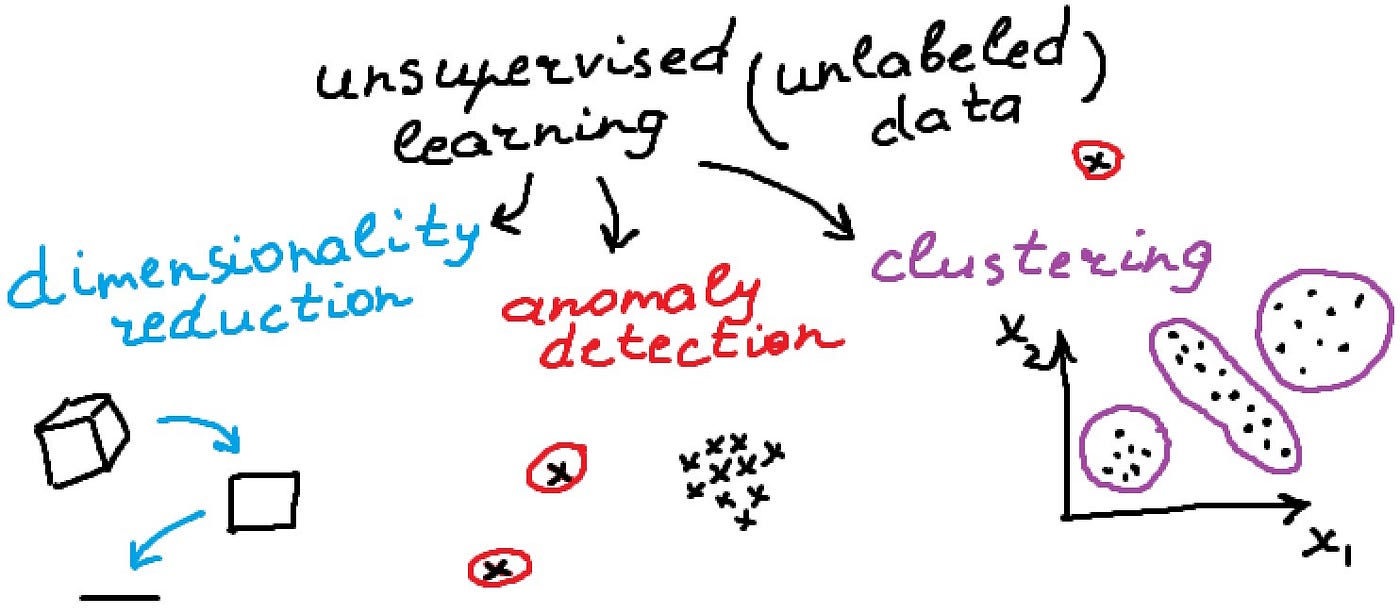Unsupervised learning is a type of machine learning algorithm used to find patterns and make predictions in datasets without labeled data. It is based on the idea that computers can learn without any prior knowledge by analyzing data and finding patterns and relationships among them.
Unlike supervised learning, which uses labeled input data to predict and classify, unsupervised learning does not require the input and output labels. Instead, unsupervised learning programs are able to detect correlations and determine underlying structures by analyzing the data.
Unsupervised learning is used in applications ranging from robotics to natural language processing to bioinformatics. For example, it can be used to identify anomalies in large datasets, detect clusters of similar data points, and draw conclusions from raw data.
An example of an unsupervised learning algorithm is K-means clustering, where a set of data points are grouped into clusters based on similarity. Another example is Principal Component Analysis (PCA), which reduces the complexity of a dataset by reducing the number of dimensions while preserving the most important features of the dataset.
Unsupervised learning algorithms are used to explore data by finding patterns in large datasets and providing insights that help us better understand how the world works. It can be used to find correlations, draw conclusions, and make predictions without relying on labeled data. Ultimately, unsupervised learning is a powerful tool to help us make better, more accurate decisions.





